[The last month or so has been turbulent here at Sector M to say the least. Consequently, this blog post is several weeks late. I plan to resume the normal schedule of posts in June starting on the 21st. Thank you for your patience.]
Like many readers around my age, my first introduction to fantasy dwarves was in The Hobbit. I first read it when I was eight years old. I remember that it was the first novel that I just couldn’t wait to get home from school to read. The scene where Thorin dies after the Battle of Five Armies also marks the first time I was ever moved to tears over something I read in a fictional story.
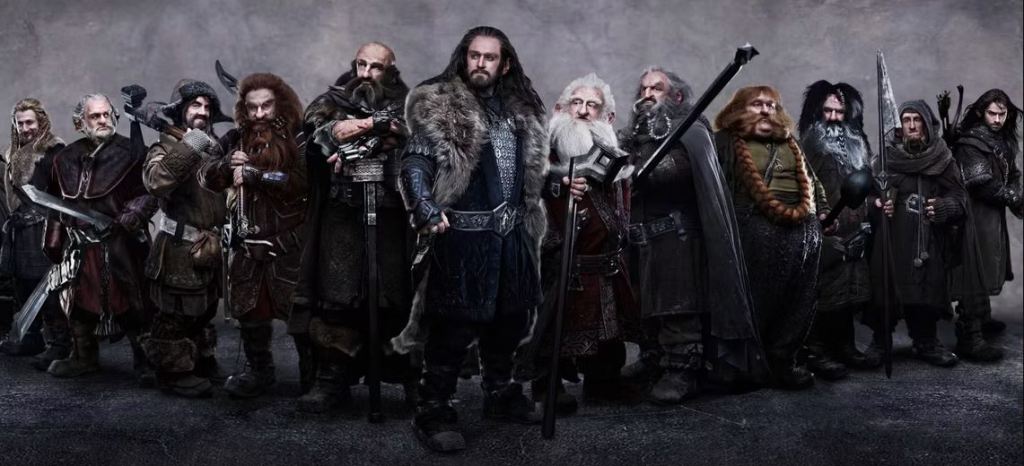
Since that day, I’ve always loved fantasy dwarves. Thorin and company gave me that first taste of high adventure, and I’ve never forgotten it. While fantasy dwarves are often depicted as half-pint Vikings who speak with Scottish accents, have over-the-top beard braids, and drink incessantly, there’s just something about them that appeals to me, both as a reader and author of fantasy. Since I created this blog to talk about the things I love, I thought I would share with you what appeals to me about them. I’m convinced that they are the unsung heroes of the fantasy genre.
Now before I get into the particulars, I want to make one thing clear: I’m speaking about fantasy dwarves, not people in the real world who have achondroplasia or other conditions that cause dwarfism. The dwarves I’m talking about are not human. While both Thorin Oakenshield and Tyrion Lannister are both labeled as dwarves in the pages of their respective stories, Tyrion is still a human, while Thorin is not.
A Bulwark Against the Darkness: Depictions of dwarves in fantasy are pretty varied, but a few things seem to remain true in most tellings. They tend to be shorter than humans (thus the name) and live in wondrous underground kingdoms. They are generally resilient warriors who are masters at stonecrafting and metalworking. Their forges are often the envy of the rest of the world. They usually have longer lifespans than many other races except perhaps the elves.
While the elves tend to be the serene, idyllic beauties of the world, dwarves are rough around the edges, thick-limbed, with tempers that tend to be as fiery as their forges. They may not possess the grace and mystery of the elves, but they are usually forthright, honest, and noble in their hearts. They tend to keep their promises and stand by their word. Their focus is normally not on words and praise, but on actions. They are the do-ers of the world, pragmatic almost to a fault, and stalwart in the face of injustice.
Unfortunately, their existence in the world has come at a great price. Both in The Hobbit and The Lord of the Rings, we don’t see a thriving dwarven culture. In the cases of Erebor and Khazad-dûm, they are kingdoms that have been devastated and overrun by their enemies. A lot of other fantasy stories have followed suit with this. In the Elder Scrolls, the dwarves (which are really a tribe of elves) have left nothing behind but their ruins and mechanical constructs. In D&D, most adventurers find themselves exploring dwarven redoubts and fortresses from ages past that now lie in ruins. The refrain is that the dwarves were great builders even in ancient times, ranging far and wide, but that they had to abandon those edifications due to some tragic set of circumstances.
To me, this gives the dwarves a tragic and melancholic vibe, since in their centuries of life they may have witnessed the collapse of one or more of these great realms. They can be forgiven for being a bit dour when the dwarves we meet in fantasy are often the survivors of catastrophic events that may have reshaped the world, and not always for the better. They are often the ones who have taken the hit to keep the horrors of the subterranean from boiling up to the surface. To some degree this explains the line in the Song of Durin, speaking of the elder days, “Unwearied then were Durin’s folk.”
Songs of Stone: For a culture renowned for their skill and ferocity in battle, dwarves are better known for their crafts and art. Dwarven weapons and armor aren’t just utilitarian, they are often works of art. They are poets in steel and stone. Their homes are feats of engineering, often far beyond the scope of what other fantasy races can achieve.
What I think gets overlooked, however, is their skill as musicians. When it comes to harps in fantasy, it feels like those are more of an elven thing, but in both the Song of the Misty Mountain and the Song of Durin, we hear that the dwarves played the harp and sang in rich melodies beneath the mountains. You could imagine that their caverns would make natural acoustic spaces for their instruments and deep voices to be heard.
There’s a family of singers on Youtube called Clamavi de Profundis. They have perfected the art of the dwarven song. They have put many of Professor Tolkien’s poems to music, but they have also created their own dwarven continuity in which to frame some original songs. They’re amazing, and here are some of my favorites that I highly recommend you give a listen:
- The Song of Durin: So much of our notion of dwarves stems from this song.
- Far Over the Misty Mountains Cold: The full song done in the style of the movies.
- Birth of an Age: A dwarven fight song. It sees a lot of play during my D&D sessions.
- The Hammer Falls: Another inspirational dwarven song that really hits home.
- Song of Hammerdeep: An original piece about the eponymous dwarven realm.
- The Kingdom: A generational song about the dwarves’ enduring legacy.
- Son of the Mountain: A dwarven funeral song that’s hauntingly beautiful.
- Diggy, Diggy Hole: Originally a parody, but wow…give it a listen and you’ll see.
A few honorable mentions for them (because they are just so awesome), though not specifically dwarven in theme are: Aragorn’s Coronation Song, The Song of Beren and Lúthien, Lament for the Rohirrim, the Lament for Boromir, and I Sit Beside the Fire and Think.
Clamavi de Profundis gives us a glimpse into what a dwarven musical tradition might sound like along with the deep feelings they elicit. Dwarves in fantasy might have stony or stern exteriors, but their music and poetry hints at the hidden wells of emotion and hearts of gold that they possess at their core.
Strength in the Face of Adversity: Dwarven stubbornness is legendary. Rarely do we see dwarves give up or run away from a fight when the chips are down, regardless of the numbers arrayed against them or the odds. This makes them unwavering allies to have against whatever adversary our fictional fantasy protagonists face. In fact, normally, if a particular cause has the dwarves on its side, its odds of success have generally gone up dramatically.
It’s that unquenchable spirit that never quits, never gives in, and never gives up without a fight that earns them a special place in my heart. Dwarves are often a people who have stared down their own end without backing down. If anything, the looming shade of destruction seems to elevate their will and tenacity to epic levels.
I think part of this strength is due to how dwarven communities are portrayed. Most of the time, they are shown as being from an extended series of clans, which perhaps is where they inherited their Scottish accents. A clan is a family unit, but a much more expansive one, including potentially dozens of families. Dwarven enclaves are rarely shown to be made up of a single clan, and marriage between clans is (usually) common, meaning that a community of dwarves is not just a city of disparate individuals, but a collective extended family. When they go into battle to defend their homes, it’s their kinsmen that fight at their sides, which they would never dream of abandoning. They count on each other, both on and off the battlefield, in a way that perhaps a similar human or elven community might not.
In a world where they constantly face great opposition, they’ve learned to stick together, hold to their community, and fight for what they believe in, come what may.
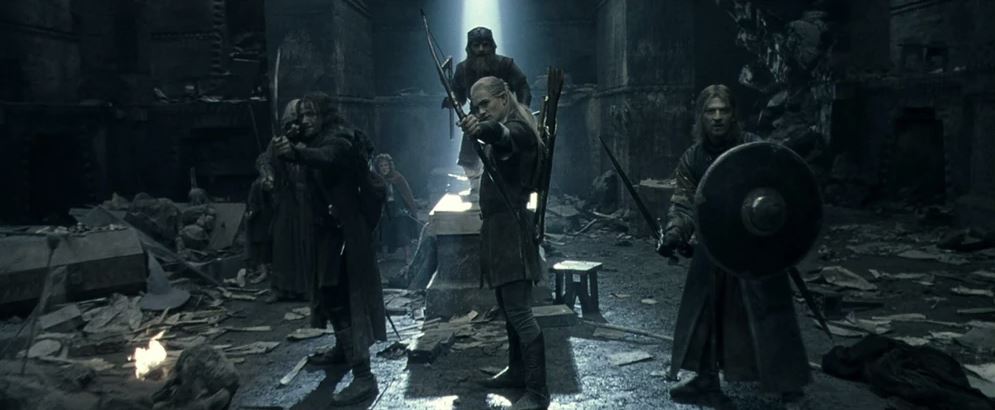
Final Thoughts: When I first saw Peter Jackson’s The Fellowship of the Ring, there’s the scene in Moria where the Fellowship finds itself having to fight the goblins and their cave troll in the Chamber of Mazarbul. Gimli has just realized that his cousin Balin has died only a few moments before. But that sorrow is quickly turned to rage when he leaps atop Balin’s tomb, an axe in each hand, and proclaims with a growl: “Let them come. There is one dwarf yet in Moria who still draws breath.” The first time I heard that line, I got goose bumps.
I had hoped that this would be Gimli’s moment to shine. Coming face-to-face with those who murdered his family, amongst the faded glory of the greatest dwarven kingdom in Middle-Earth, I figured it was time for Gimli to quickly dispense some much-needed dwarven justice. While Gimli definitely acquits himself well, the most memorable moments in the fight really come from Legolas. Even as incredible as that scene is, I had hoped it would be Gimli who threw down the cave troll or pulled off some incredible coup. But, it was the elf instead.
Of course, Gimli gets plenty of chances to show his mettle in those movies, especially at Helm’s Deep, but the scene in Moria is where it felt like the dwarven warrior would have been the most inspired to reach heroic heights. But, Gimli’s efforts were largely overshadowed by his companions. And that, dear readers, is how I feel that the fantasy genre often treats dwarves; rarely do they get the spotlight, even when it would make sense, but they remain a solid and strong presence nonetheless.
But even if they rarely receive their due, they remain a compelling fantasy race whose story is constantly being told and retold by authors of each generation. True, they may be short, gruff, and aggressively Scottish at times, but whether you are watching them on screen, reading about them, or playing as one of them around a table or in a video game, they remain the backbone of the fantasy genre.
Thanks for reading!
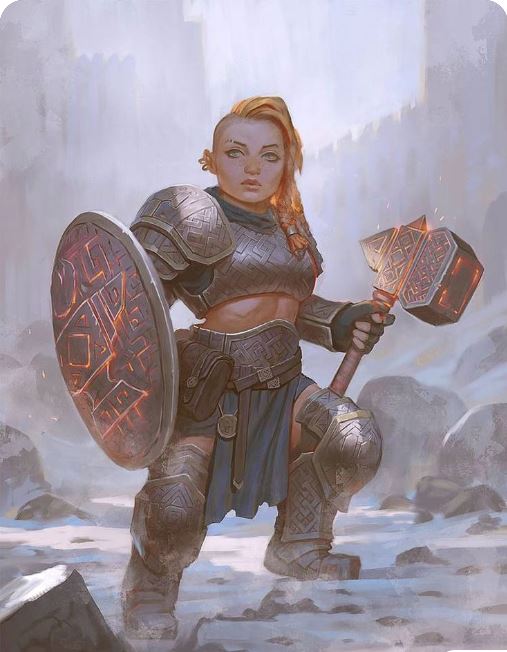
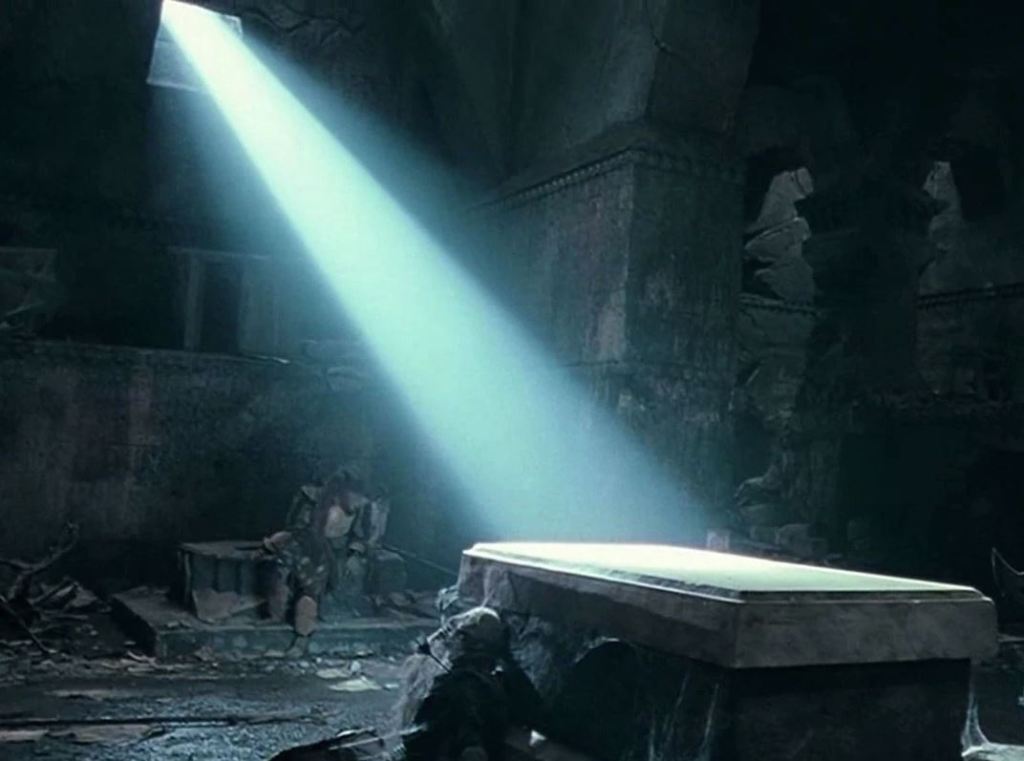
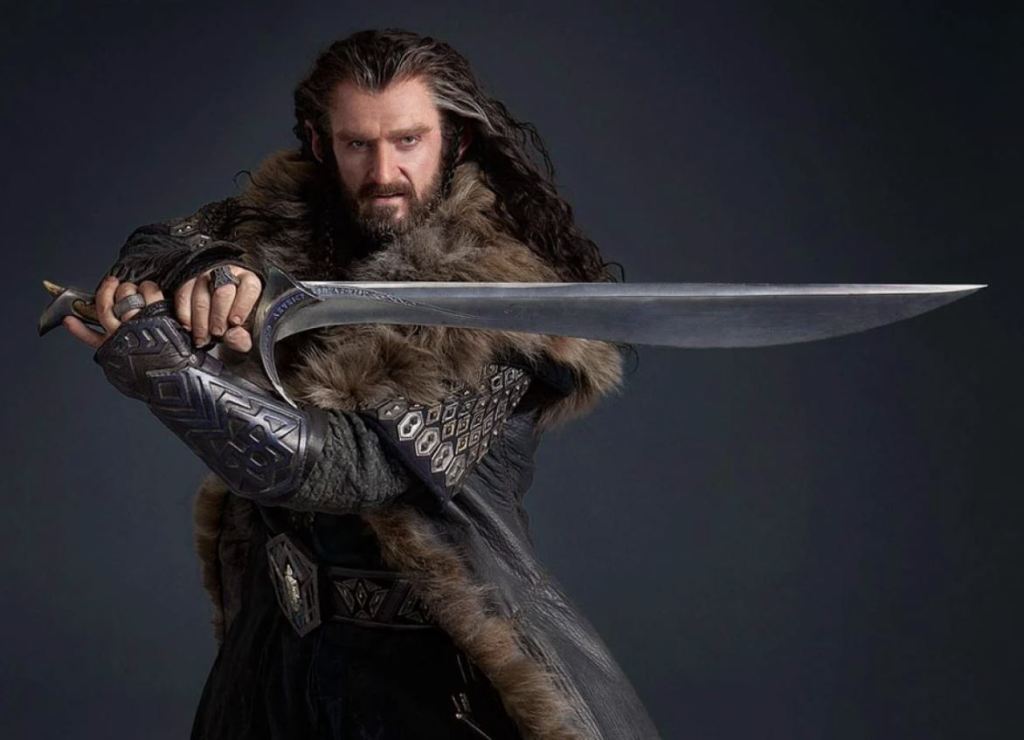
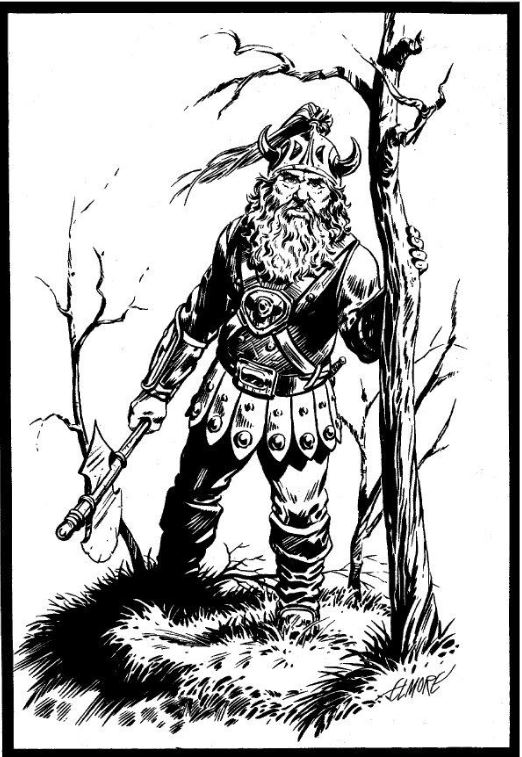
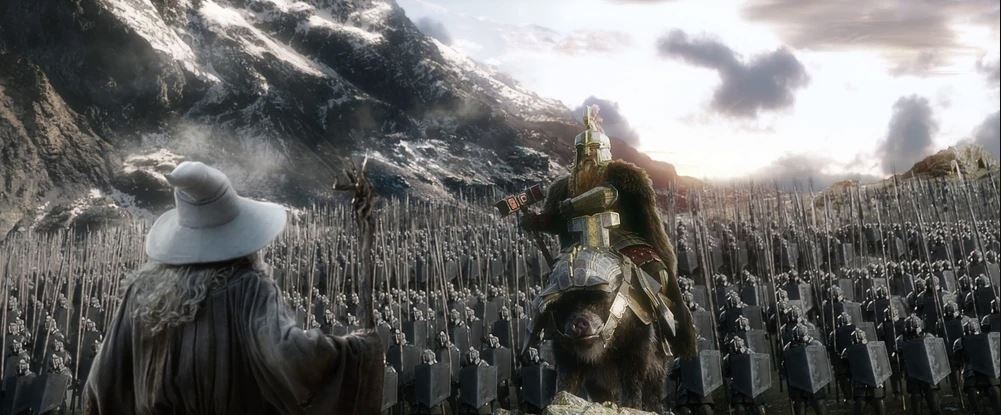
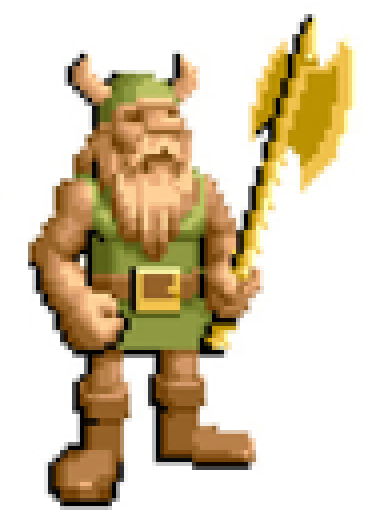
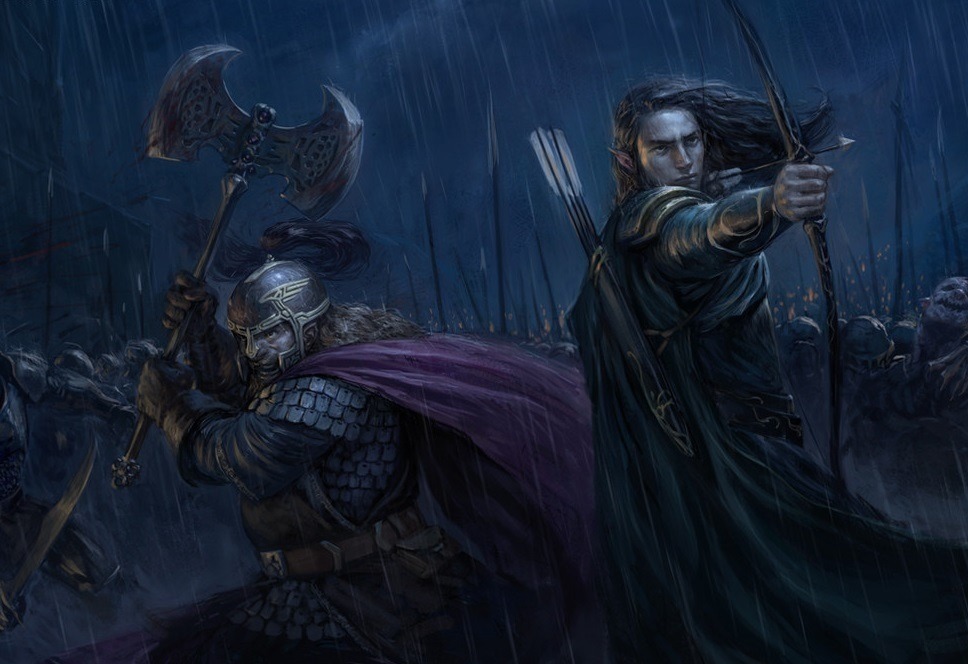
June 21st, 2024 at 6:01 pm
[…] June 11 […]